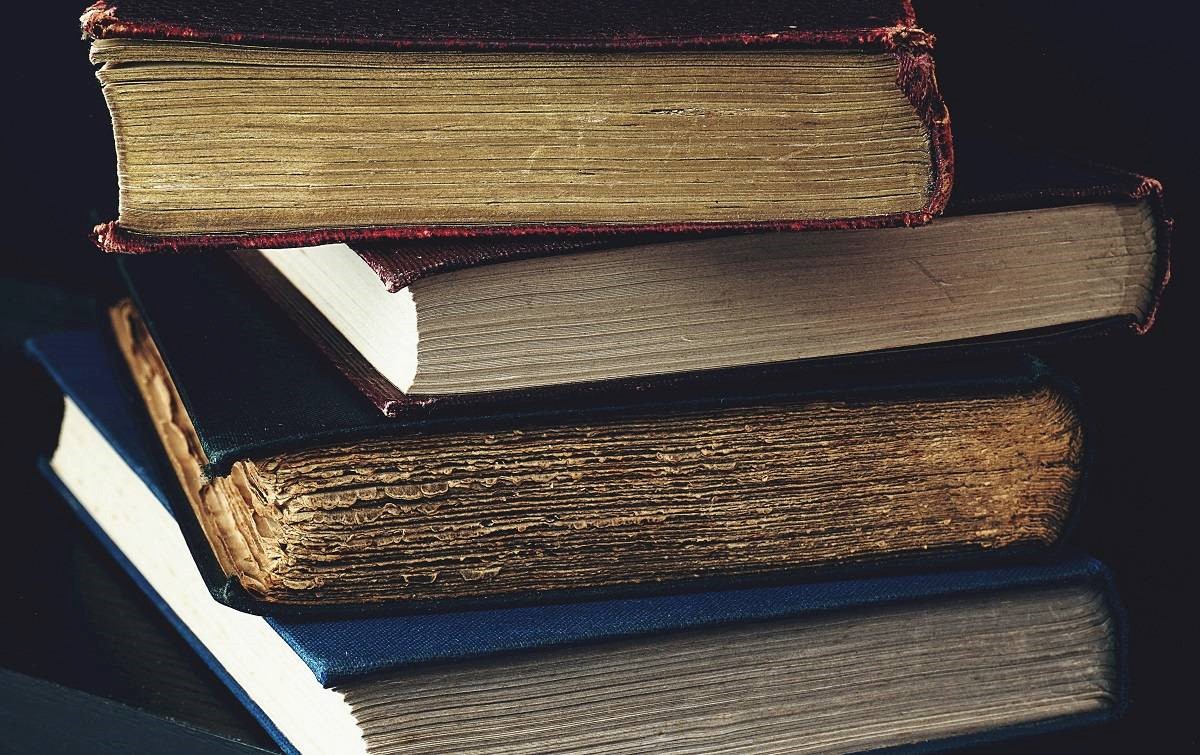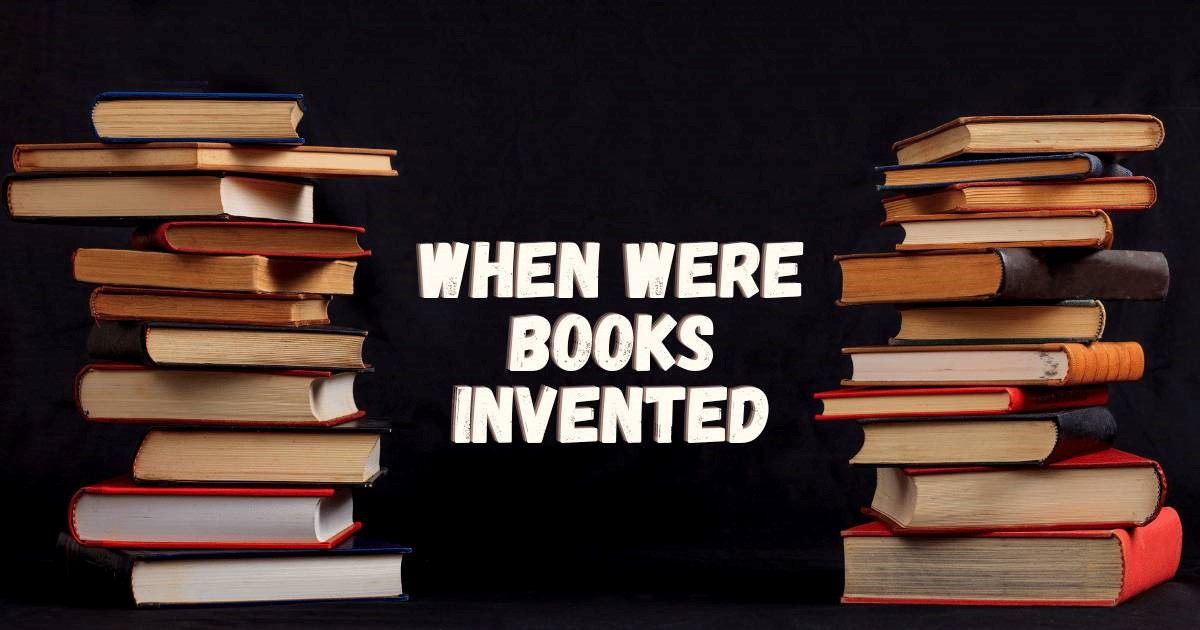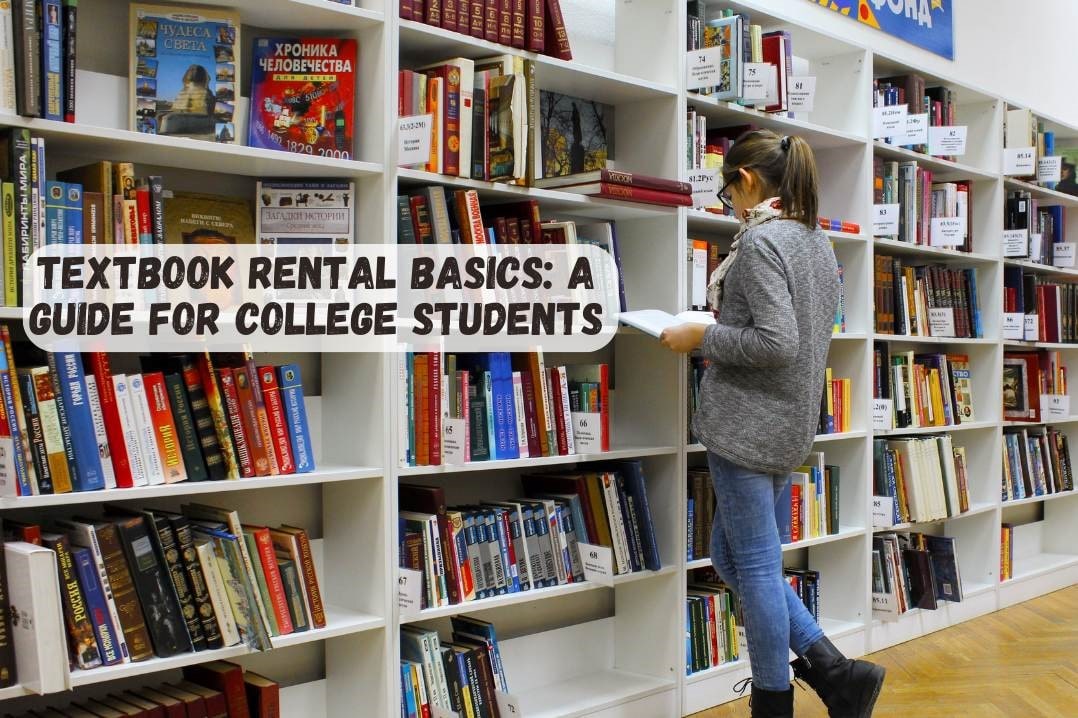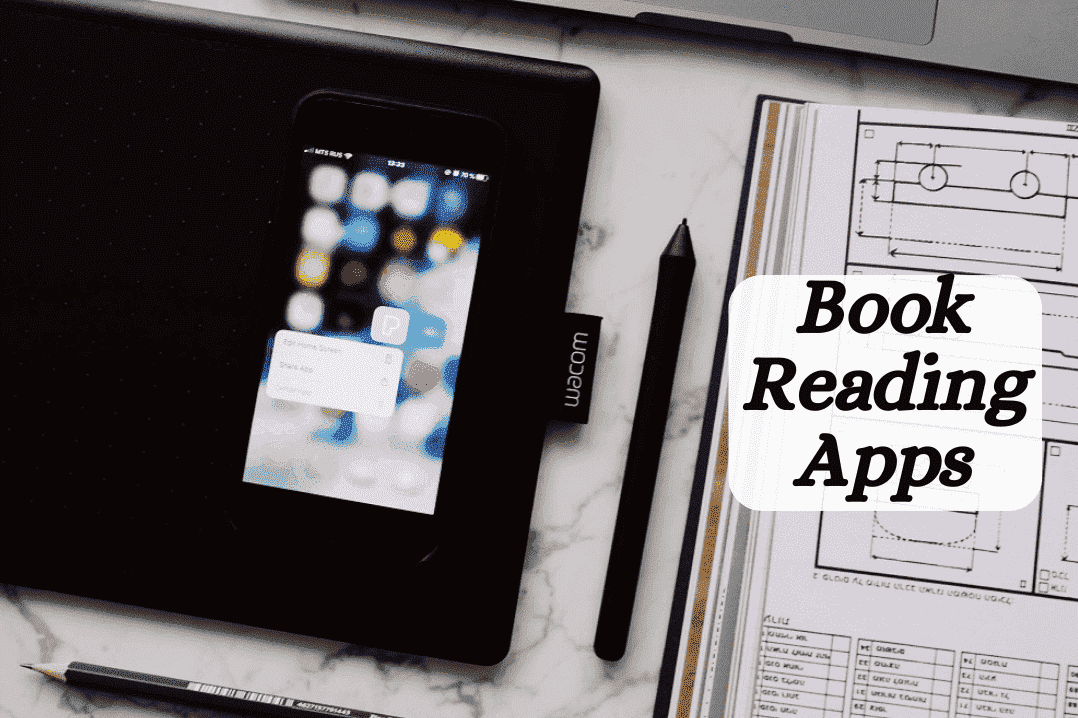Reading is a vital talent that has substantially influenced human civilization. However, pinpointing the exact moment it was invented is challenging as it has developed over thousands of years. This article explores the records, analyzing its origins, the improvement of writing structures, and the modifications it introduced to societies.
What is Reading?
Reading is the technique of searching for written symbols and understanding their means. These symbols may be letters, phrases, or sentences that bring records, tell testimonies, or speak thoughts. Reading allows us to access expertise, revel in literature, and connect to others across time and area.
The Origins of Writing
To recognize when reading started, we first want to study the origins of writing. The earliest writing systems appeared independently in specific sector elements around 5,000 years ago. These structures encompass:
- Cuneiform: Developed by the Sumerians of Mesopotamia around 3400 BCE, cuneiform used wedge-formed marks on clay tablets. It commenced as file preservation and administration technique, but it later covered literature, laws, and ancient records.
- For a more unique exploration of cuneiform, read Alberto Manguel's ebook, A History of Reading.
- Hieroglyphics: Created by the historic Egyptians simultaneously, hieroglyphics combined pix and logos to represent sounds and thoughts. This machine was used for spiritual texts, monumental inscriptions, and administrative information.
- Indus Script: The script of the Indus Valley Civilization, which flourished between 2600 and 1900 BCE, remains undeciphered. It is believed to have been used for alternate, administrative, and ritual functions.
- Chinese Characters: The origins of Chinese characters can be traced to the Shang Dynasty (c. 1600-1046 BCE). The earliest shape, oracle bone script, became used for divination and record-maintaining. Over time, it advanced into the complex machine still used today.
- For those interested in the origins and improvement of those writing systems, there are several titles on this topic at Windsorbooks.
- Mesoamerican Scripts: Around 300 BCE, the Maya civilization in Mesoamerica developed an advanced writing machine known as Maya glyphs. This device was used to record historical occasions, astronomical records, and non-religious texts.
The Shift from Oral to Written Culture
Before writing, societies relied on oral traditions to script down knowledge, records, and subcultures. Oral storytelling was the principal way to talk and preserve data. The shift from oral to written tradition significantly changed human history.
Writing allowed for the recording and preservation of facts in an everlasting form. It enabled the accumulation of knowledge across generations and distances, supporting societies as they grew more complicated. As writing systems spread, literacy (the capability to examine and write) started to develop among select corporations like scribes, monks, and directors.
The Evolution of Reading Practices
Early analyzing practices were different from how we read nowadays. Initially, studying was probably a communal and oral hobby, where texts were read aloud to a target market for schooling and amusement. Silent reading, as we are aware of it, evolved a whole lot later.
Ancient Libraries and Learning Centres
The introduction of libraries and facilities for studying played an essential function in the development of studying. Some excellent examples consist of:
- The Library of Ashurbanipal: Located in Nineveh, this library (c. Seventh century BCE) housed an extensive series of cuneiform pills covering diverse subjects, which included literature, technological knowledge, and regulation.
- The Library of Alexandria: Founded in the 3rd century BCE in Egypt, it became a middle of scholarship and learning, attracting students throughout the Mediterranean.
Christopher De Hamel's book The Book: A History of the Bible affords precious insights into the significance of these early libraries.
- The House of Wisdom: In Baghdad, through the Islamic Golden Age (8th to thirteenth centuries CE), the House of Wisdom became a primary highbrow hub where pupils translated and studied works from various cultures.
The Spread of Literacy
The spread of literacy became a gradual procedure motivated by exchange, conquest, and non-religious missions. In historical Greece and Rome, literacy was basically for the elite. However, the rise of the Roman Empire helped spread Latin and literacy throughout Europe.
In medieval Europe, monasteries played a key role in keeping and transmitting knowledge. Monks copied manuscripts, ensuring the survival of classical texts and spiritual works. Johannes Gutenberg's invention of the printing press in the mid-fifteenth century revolutionized ebook production, making books more accessible and affordable, which substantially contributed to the spread of literacy.
The Impact of Reading on Society
Reading has profoundly affected society, shaping cultural, intellectual, and social trends. Some critical effects encompass:
- Cultural Transmission: Reading preserves and transmits cultural background. Literary works, non-secular texts, and historic information have been handed down through generations, contributing to a shared cultural identity.
- Intellectual Advancements: Reading allows for the accumulation and dissemination of expertise, fuelling scientific discoveries, philosophical thoughts, and technological innovations.
- Marshall McLuhan's book, The Gutenberg Galaxy: The Making of Typographic Man, explores the impact of the printing press on human lifestyle and society, presenting insights into how reading has encouraged highbrow progress.
- Social Mobility: Literacy has been an effective device for social mobility. Access to schooling and the potential to read and write have enabled individuals to improve their socio-financial popularity and participate more absolutely in civic existence.
- Empowerment and Liberation: Reading has empowered and liberated marginalized groups. Literacy campaigns and educational projects have historically sought to uplift disadvantaged groups and promote equality. Maryanne Wolf's ebook Proust and The Squid: The Story and Science of the Reading Brain explores the importance of reading in social empowerment and examines how studying transforms the brain and society.
The Future of Reading
As we move further into the digital age, reading continues to evolve. The internet, ebooks, and virtual media have transformed how we access and consume records. While printed books continue to be popular, digital systems offer new opportunities for analyzing and mastering.
The destiny of studying will likely see a persistent mix of print and virtual media, with generation shaping how we interact with texts. Despite those changes, the importance of analyzing as a device for know-how, communication, and cultural renovation stays unchanged.
Conclusion
The invention of reading cannot be attributed to an unmarried second or individual. It is the result of a complicated evolution over thousands of years. From the earliest writing systems to the digital age, reading has been a cornerstone of human civilization, driving cultural, highbrow, and social progress. As we continue to innovate and adapt, the timeless price of studying endures, connecting us to our beyond and guiding us into destiny.
Recommended Reading
For the ones interested in exploring the records of reading in addition, right here are some brilliant textbooks available at Windsorbooks:
- Scribes and Scholars: A Guide to the Transmission of Greek and Latin: This ebook offers a detailed account of how classical texts have been preserved and transmitted throughout history.
- Proust and the Squid: The Story and Science of the Reading Brain examines how reading transforms the mind and society.
- The Shallows: What the Internet Is Doing to Our Brains by Nicholas Carr: This ebook provides an idea-frightening evaluation of how virtual media affects our analyzing behavior and cognitive talents.
- The Written World: The Power of Stories to Shape People, History: This ebook explores the effect of written stories on human records and tradition.
- The Book: A Cover-to-Cover Exploration of the Most Powerful Object of Our Time: This book delves into the history and importance of the ebook as an item.
- Papyrus: The Invention of Books in the Ancient World by Irene Vallejo: This ebook gives a charming look at the origins of books in the historical global.
FAQs
- What is the origin of analyzing?
Reading originated with the development of writing structures around 3400-3000 BCE in ancient Sumer and Egypt.
- When did books first seem?
Books first appeared as bound codices in the Roman Empire around the 1st century CE.
- How long have we been studying?
Humans were studying for about five 000 years, considering the arrival of early writing structures.
- When did maximum humans discover ways to examine?
Most people began studying to examine within the nineteenth and twentieth centuries, with the upward push of compulsory training and literacy packages.









